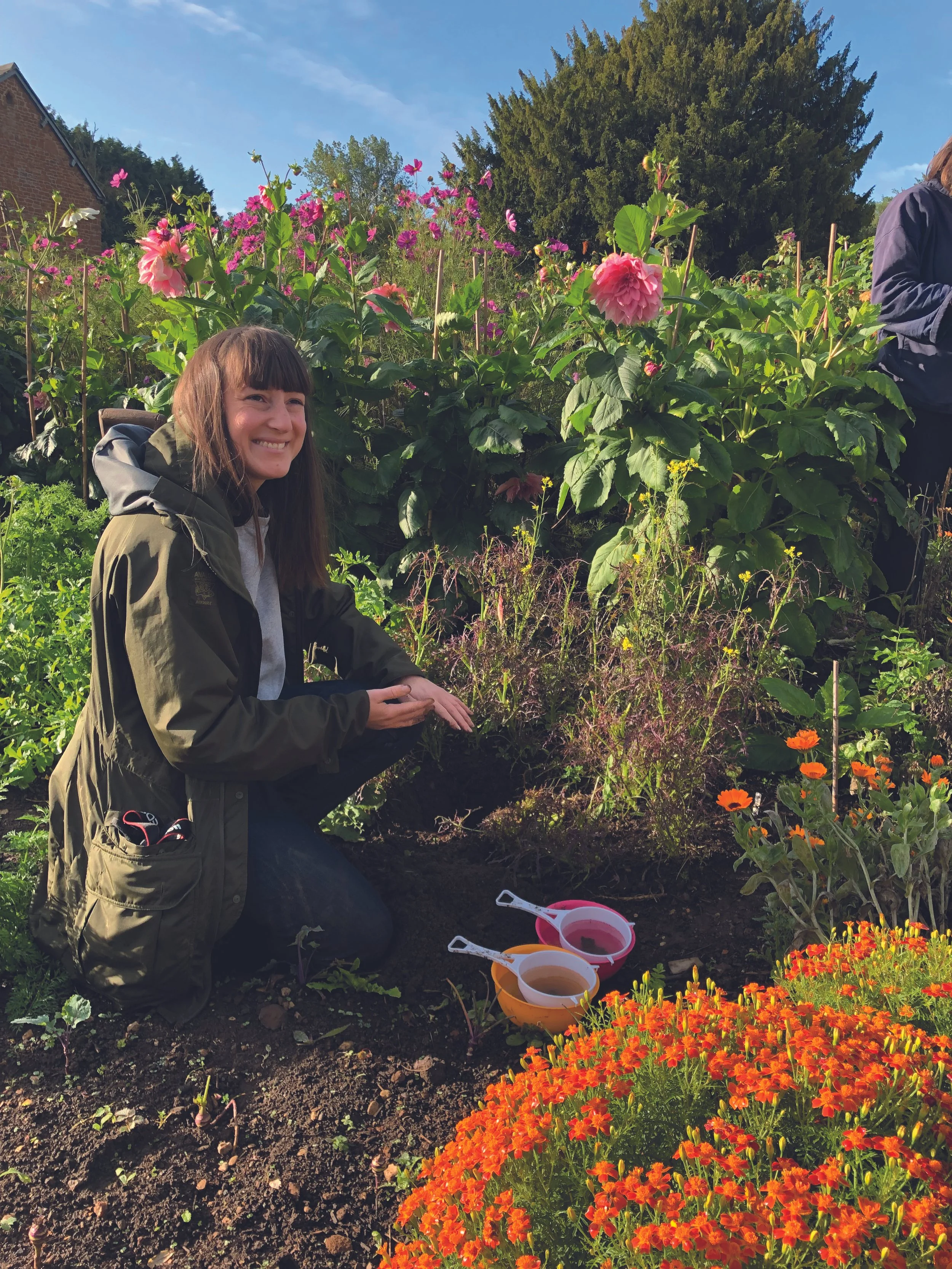Five handy soil health tests to help you keep an eye on your land.
While soil health can seem like a tricky thing to master, there are a number of quick and easy tests you can do in your garden or on your farm to check-in with the quality of your soil.
Some of these can be done with the help of apps - with Nicole Masters and Abby Rose from Soilmentor collaborating to make easy-to-use benchmarks for testing and monitoring soils in their Soilmentor Regen Platform.
For those of you happy to do things the old fashioined way though, here are a few we practise regularly.
EARTHWORM COUNT TEST
Count earthworms in early autumn or late spring. Dig a hole of 20 x 20 x 20cm. Place dug up soil on a tray. Count the number of earthworms you have and try to identify if they are leaf-litter, top-soil or deep earthworms (Soilmentor has identification photos).
Put all your earthworms back into the hole. Regularly redo these tests over time to see if the number of earthworms increase.
SLAKE TEST
Spade
Small bags to carry soil samples and a marker pen for labelling bags
Sieve
Cold water
Stopwatch
Put your spade in the ground to a depth of 20cm and dig up soil. Gently break it apart to find a fist-size sample of soil and place inside a bag. Then select 1-3mm sized lumps of soil from the bag and leave them to dry overnight (or for longer if they are very wet as they must be completely dry before testing). When dry, place the pieces of soil on the sieve and fully immerse into the water until it reaches the lip of the sieve. Start timer for 5 minutes and observe. Take photos for your records. The behaviour of the soil will give you an indication of how healthy your soil is:
Poor: If the soil dissolves into single grains, the lump collapses completely or if the water is cloudy.
Better: If the soil breaks into angular pieces or stays mainly intact with slight crumbly edges.
Best: If the lump stays intact and the water is clear this indicates that your soil is humifying and is resistant to erosion.
RHIZOSHEATH TEST
Dig out a spade of soil beneath plants (20cm x 20cm). Break soil away from roots lightly and shake gently so any loose soil falls away.
Observe if the soil stays attached to the roots. If your soil is in good condition the coatings of soil particles will cling to the plant roots, making them brown instead of white. This shows there is biological/microbial activity in the root zone (rhizosphere) where the soil particles (rhizosheaths) are bound to the roots by biotic glues, secreted by micro-organisms. The soil is aggregating and indicates good soil structure. Note that brassicas, alliums, and asparagus do not form rhizosheaths.
BRIX
Refractometer
Garlic crusher
Dry cloth or kitchen roll
Brix measures the light refracting through dissolved sugars which gives an indication of the nutrient density levels of a plant based on the presence of a diversity of simple and complex sugars in the sap.
Pick a few leaves from a plant and squash them into a garlic crusher. Hold the refractometer in one hand, flip back the plastic flap to expose the glass face. Squeeze one drop of juice from the garlic crusher onto the glass. Then drop the plastic flap on top of the drop of juice so it spreads across the screen. Hold the refractometer up to the sky and look into the lens. Record the number on the scale where the line changes from light blue below to dark blue above and observe how fuzzy the line is.
Clean and dry the glass screen and the garlic crusher. You are aiming for a brix score of over 12 and a fuzzy (not clean, sharp) line. This means you have a nutrient
and mineral dense plant with a longer shelf life. Brix scores are particularly useful as a comparison of the nutrients in your plants over time. If you are taking comparison brix tests always take them at the same time of day.
ALBRECHT TEST
For those who want a more in-depth knowledge of your soil we recommend an Albrecht test which needs to be carried out in a laboratory. Developed by William Albrecht at Missouri University in the 1930s, this test places great emphasis on the development of soil biological activity and improving the availability of nutrients. It is underpinned by the idea that the ratio or balance of nutrients is essential to proper plant nutrition. Ian Robertson at SSM Soil Management offers a range of soil assessments.






